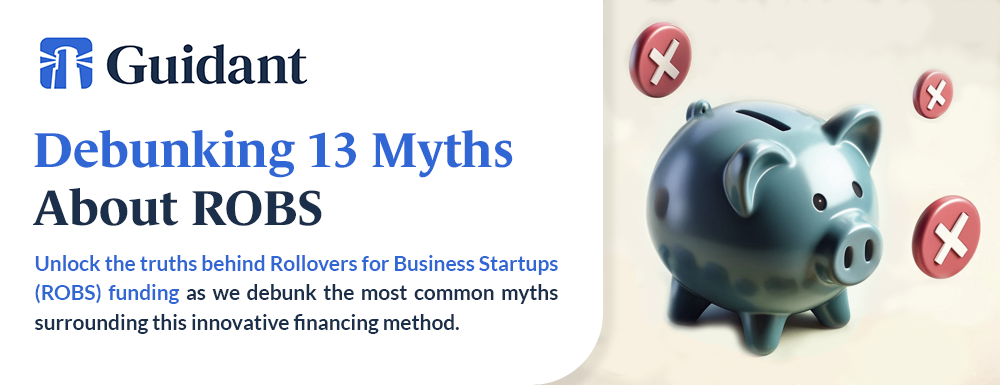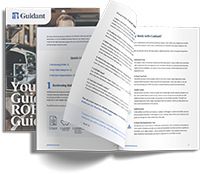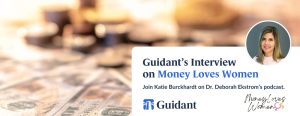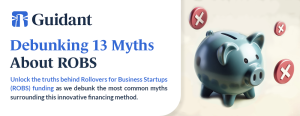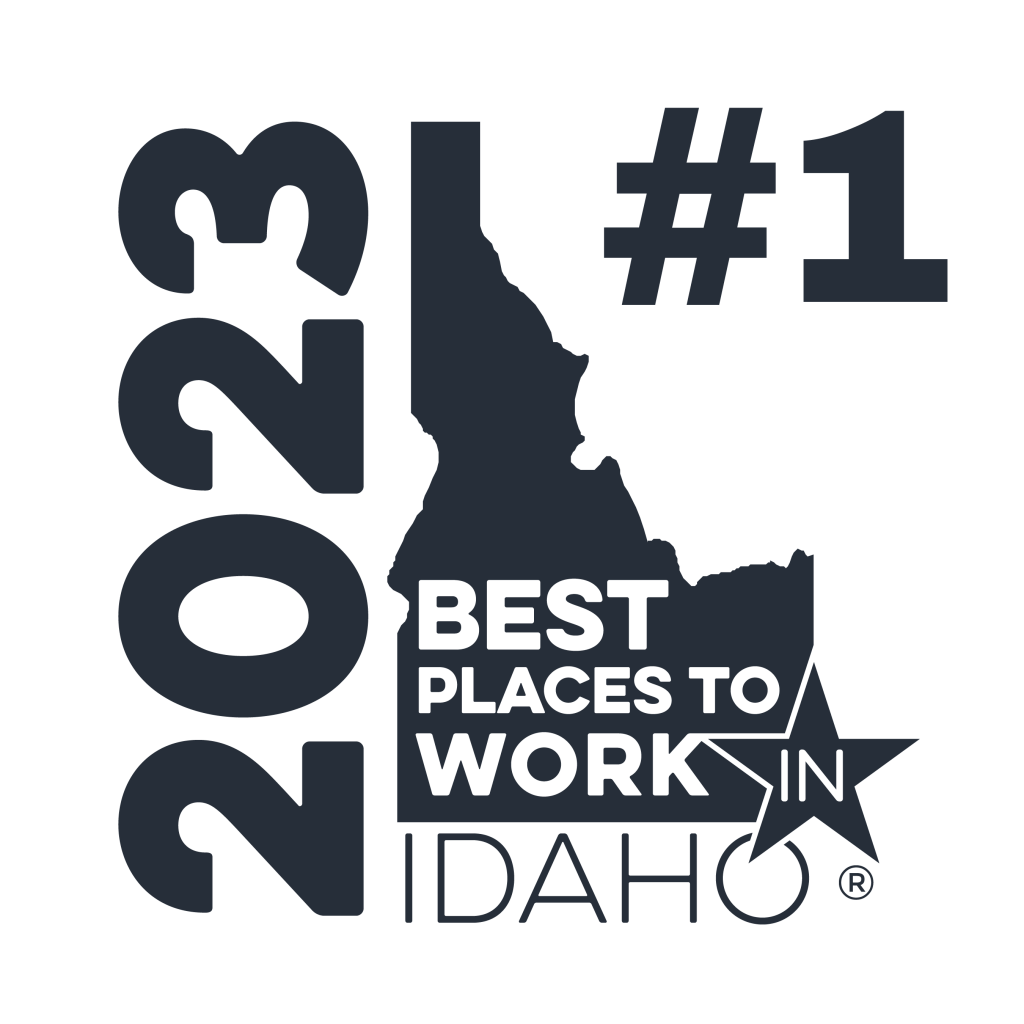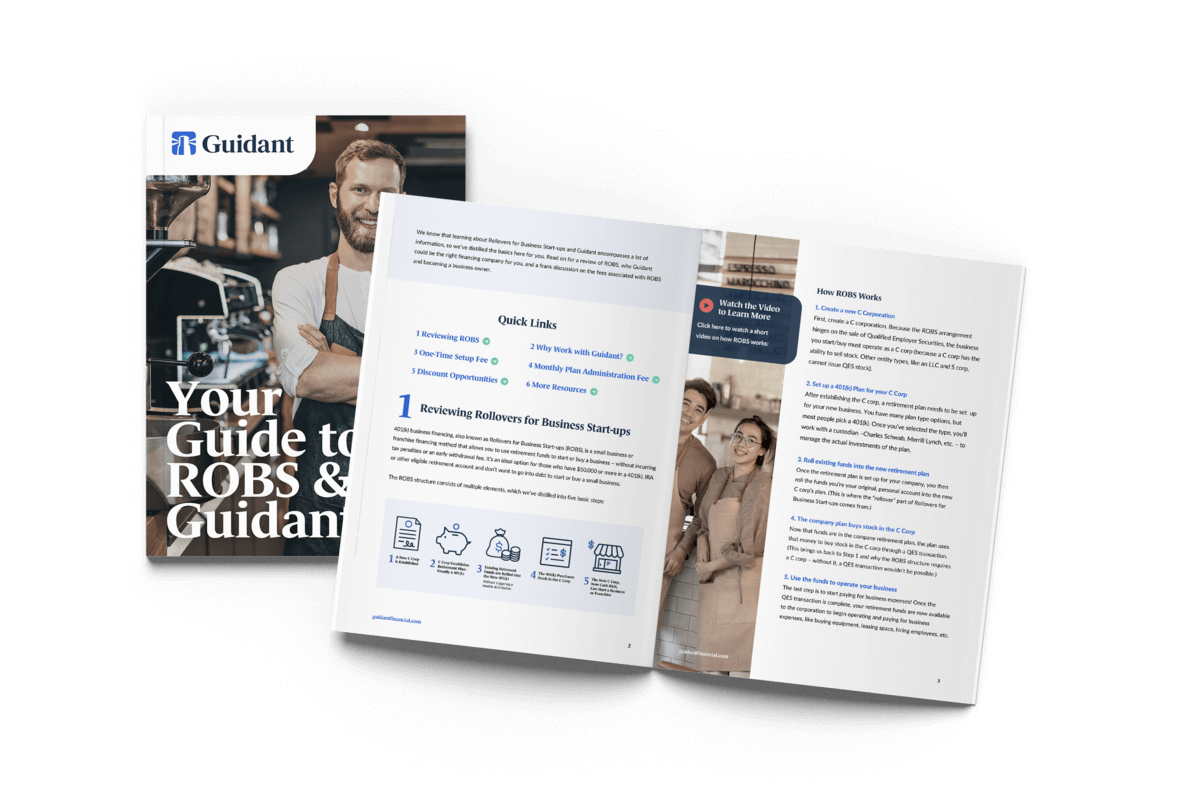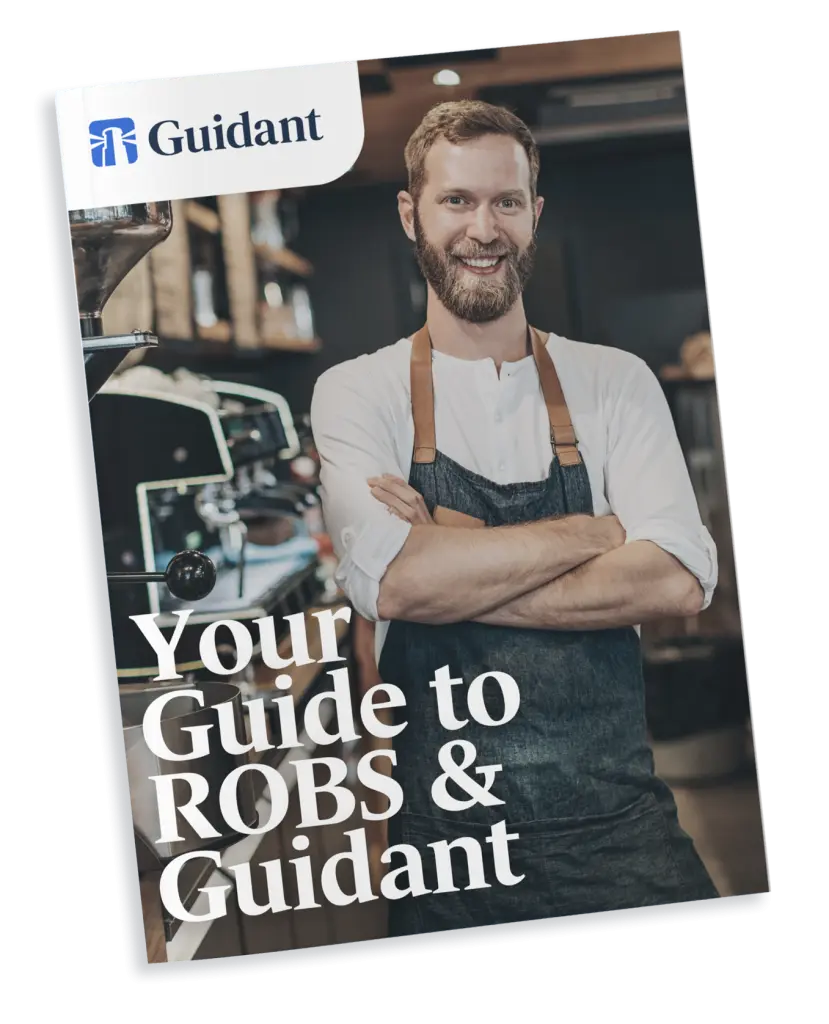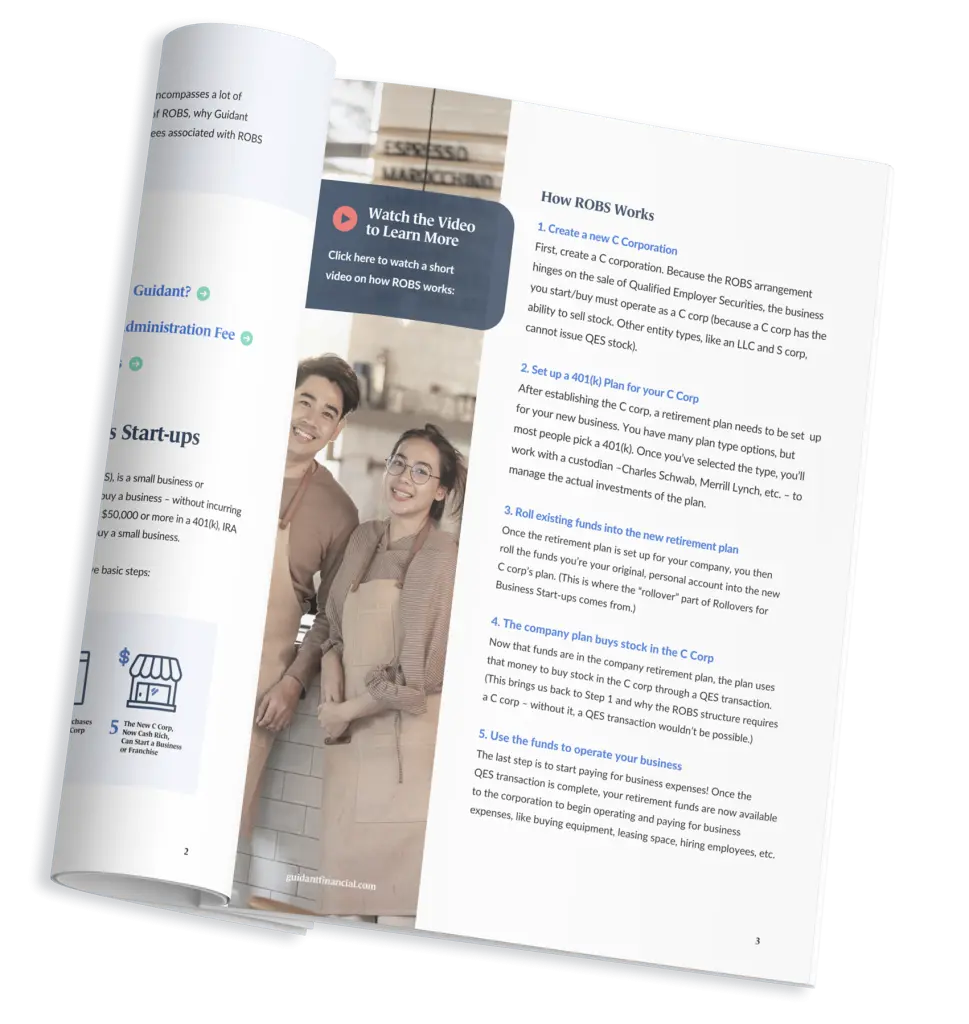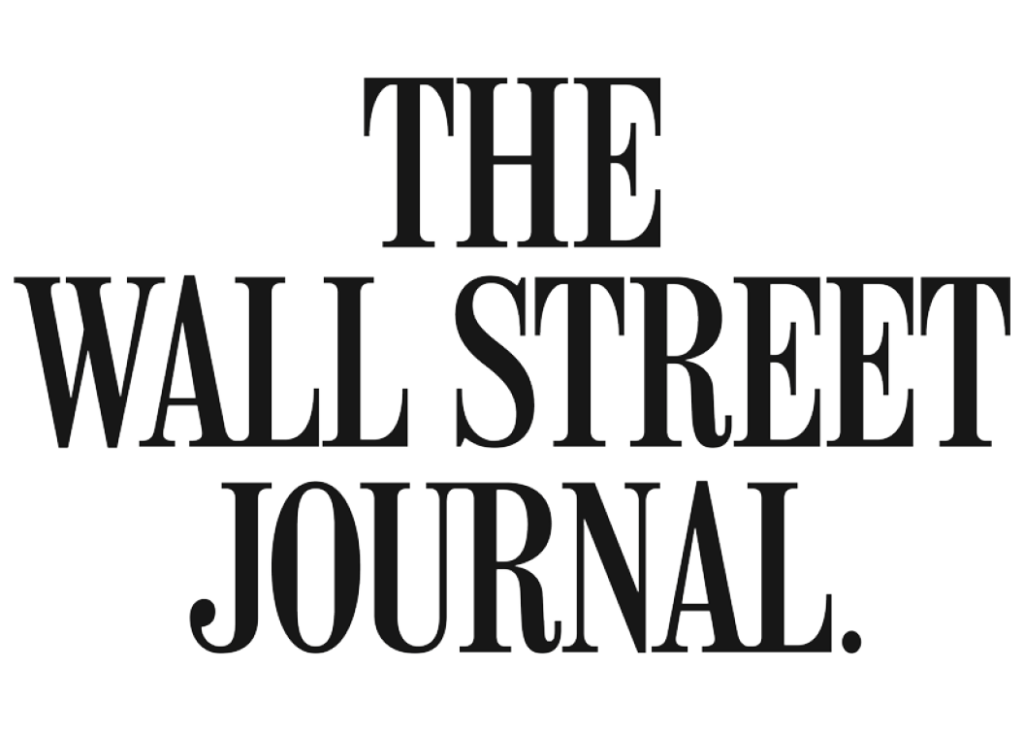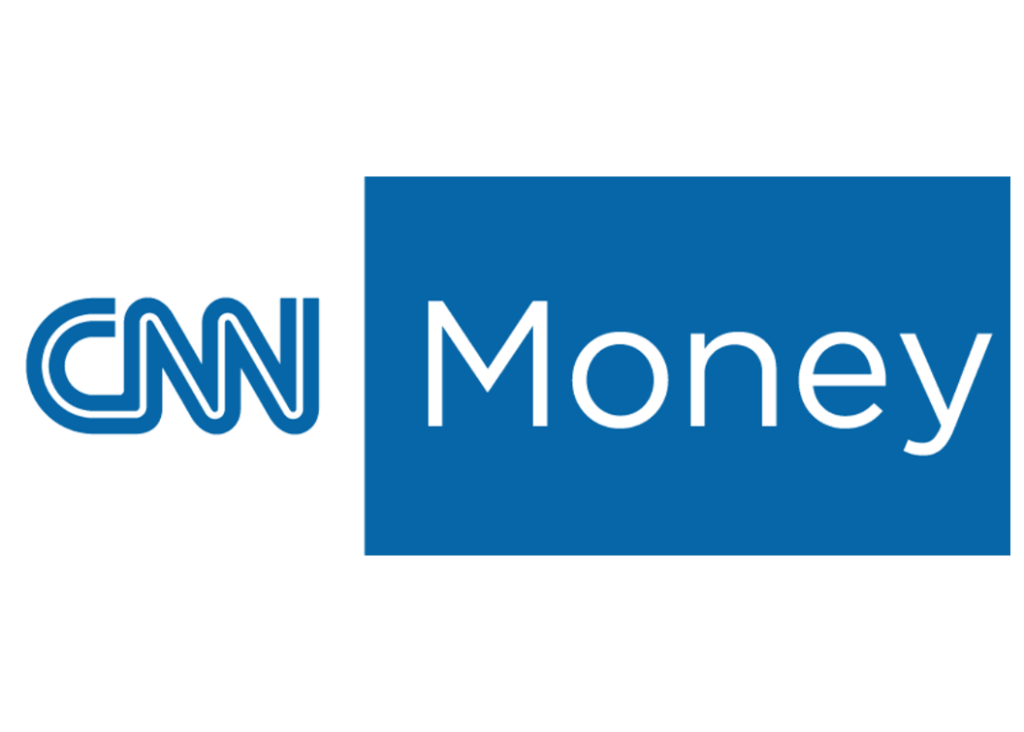More and more entrepreneurs are using Rollovers for Business Startups — ROBS for short — to fund their dreams. In fact, over half of business owners surveyed in our Small Business Trends study used ROBS to finance their businesses this year. Yet, it’s surprising how many current and aspiring small business owners believe all the wrong things about ROBS.
In what follows, we’ll dispel many of the biggest myths surrounding ROBS and demystify its complexities — all while clarifying the potential advantages of using ROBS. Let’s get started.
Do you qualify for ROBS? Answer These 5 Questions to see if you qualify now.
Debunking 13 ROBS Myths

Myth 1: ROBS Is a Loan
While loans and ROBS are both financing methods for business needs, ROBS is not a loan. ROBS utilizes your own retirement funds and creates a new retirement plan for your company that all employees can contribute to. If you obtain a loan, you’ll have to pay debt service every month. But because ROBS uses your own funds, you won’t have to pay debt service. It leaves your cash flow clear to be used in the business as you see fit.
Myth 2: ROBS Can’t Be Used with Every Type of Business
ROBS can be used with virtually every type of business and industry. The exception is that the business must be legal on the Federal level. So, for example, you could not fund a marijuana-based business even in states where marijuana is legal because it is not legal on the Federal level.
Myth 3: ROBS Can’t Be Used to Fund a Franchise
This one is totally untrue. ROBS has been used by thousands of franchisees to fund the initial purchase of a franchise, expansion of their franchise holdings and a myriad of business needs on the part of the franchisee. ROBS, unlike other some other forms of financing, can be used flexibly for either a franchise or a stand-alone business.
Myth 4: ROBS Is a Method of Tax Avoidance
ROBS is definitely not tax avoidance. This myth may derive in part from the tax treatment of the retirement funds used. Ordinarily, if you want to withdraw tax-advantaged retirement funds like 401(k)s and traditional Individual Retirement Accounts (IRAs) before the age of 59 1/2, the Internal Revenue Service (IRS) taxes the withdrawn funds and also levies a 10 percent tax penalty for early withdrawal. But ROBS uses a unique structure to withdraw the funds, and the IRS allows qualified funds to be withdrawn without taxation. In addition, the 1974 Congressional enactment of the Employee Retirement Income Securities Act (ERISA), along with key IRS provisions, allows for ROBS to help you grow both your business and your retirement savings at the same time.
Myth 5: ROBS Works for Every Business Entity
To avoid taxation on your retirement funds, ROBS need to be structured according to specific requirements. That means your business must be registered as a C Corporation (C Corp). How does it work? Briefly, a C Corporation is created, along with a new retirement plan for that C Corp. All workers, including you, must have access to that new retirement plan. Your qualified retirement funds are then rolled over into the new retirement plan. You then purchase stock in the new C Corp with the funds in the new retirement plan. After that, the stock can be sold, and the proceeds used to fund the business.
That being said, if you want a C Corp and Limited Liability Company (LLC), you can setup your C Corp to run an LLC.
Learn more about how ROBS works in What is ROBS? How 401(k) Business Financing Works.
Myth 6: Your Investments Aren’t Diversified With ROBS
Diversification is a method of avoiding risk in investments by investing in several asset classes, such as stocks, bonds, and real estate. In fact, ROBS can be viewed as a form of diversified investment; it’s an investment in your business. The myth, though, may rest on the assumption that the retirement funds used for ROBS are all invested in your business, and thus not diversified beyond it. But, of course, you don’t have to use all your retirement funds when you use ROBS. ROBS providers generally require a minimum of $50,000, but your decision on how much to leave in retirement funds and how to much withdraw for ROBs is entirely up to you.
Myth 7: 401(k)s Are the Only Retirement Funds That Can Be Used with ROBS
This myth likely owes its force to the fact that 401(k)s are frequently used for ROBS, to the point where it’s also known as “401(k) business financing.” But many types of tax-advantaged retirement plans can be used, including traditional IRAs and many others. For a complete list, see here.
Myth 8: You Must Quit Your Job to Use ROBS
Many aspiring startup entrepreneurs plan to launch a small business while continuing to work at their current job. Can you do that if you use ROBS? It depends. If you plan to use retirement funds that have nothing to do with your current job (i.e., from a previous job or your own self-directed retirement funds, such as an IRA), quitting your job or not is entirely up to you. However, if you plan to use the retirement funds from your current job, it depends on whether you are vested and on the plan administrator’s rules and regulations about withdrawal.
See Using ROBS to Fund Your Small Business While Employed to learn more.
Myth 9: Absentee business owners can use ROBS
Many rules and regulations govern ROBS, and one of them is that you can’t be an absentee owner. A good rule of thumb is that you must work at your company a minimum of 500 hours in a year.
Myth 10: ROBS Takes Months To Establish
The average time to establish ROBS financing is a month — meaning you can utilize your retirement funds much more quickly than you can funds using other financing methods. But note that other factors figure in the timing as well, such as how quickly you file any business documents required for the C Corp, how quickly your retirement funds are disbursed, and how quickly your state moves on the incorporation for the C Corp. States vary in their speed of processing.
Myth 11: ROBS and Self-Directed IRAs Are the Same
Funds from self-directed IRAs (SDIRAs) can also be used to finance a business. But there are very significant differences between SDIRAs and ROBS. If you finance a business with a SDIRA, you cannot work for the business or draw a salary. With ROBS, by contrast, you must work for the business and you must draw a salary. In addition, SDIRA funds may be subject to the unrelated business income tax (UBIT), while funds used for ROBS are not subject to tax.
Learn more about the differences between ROBS and SDIRAs here.
Myth 12: ROBS May Raise Legal Issues
ROBS is completely legal. Still, it’s advisable to work with an attorney and an experienced ROBS plan administrator to make sure that you are compliant with all requirements and regulations, including those from Federal government agencies such as the IRS and the Department of Labor (DOL), which oversees the new retirement plan.
Myth 13: ROBS Is Extremely Complicated
Frankly, there is some truth to this one. ROBS is regulated by Federal government agencies and must be set up using a specific method and using a particular corporate structure. Administration and paperwork for the DOL must be filed every year. All IRS rules and regulations must be complied with. Most folks aren’t familiar with ROBS before they begin to consider it. That alone could make it seem complicated. Loans are much more familiar to people, who may have applied for loans — for houses, cars or other assets — at some point in the past.
The key is to work with experienced plan administrators and professionals, such as lawyers, to make sure all rules and regulations are followed and that the company is run to follow them in the future.
Advantages of ROBS
The fact is, ROBS has many advantages for current and aspiring small business owners, including:
- ROBS leaves you free of debt service. Plus, you can access your retirement funds early with zero withdrawal fees.
- ROBS can be used for multiple business purposes and in combination with other financing strategies such as SBA Loans.
- ROBS does not require that you have a specific credit score (which business loans do) or that you collateralize your assets such as your house (which business loans can do). Therefore, ROBS is a very good choice if your credit score may preclude a loan or you don’t want (or have) to collateralize a loan.
- ROBS allows you to save for retirement in the new company’s 401(k), which means your retirement savings can grow as your business grows.
- ROBS can be used with multiple funding methods. In fact, many choose to use ROBS as a down payment on a business loan.
The long and short of it is, knowing which ROBS myths are false and what ROBS really is will help you decide if ROBS is the right financing choice for you and your business.
Is ROBS the right investment for you? Find out in Maximizing Your Retirement: ROBS as an Investment.
Guidant Financial: An Experienced ROBS Provider
At Guidant, we’re the experts in ROBS. With over 30,000 successful setups, we’re America’s top choice. We can advise you on whether ROBS is a good choice for your business, explain ROBS in detail, set up ROBS for your business and recommend professionals to assist in the process. Plus, we can help you in the yearly administration of your plan, maintaining compliance and taking the complexity out of ROBS. Contact us today about ROBS as a financing choice.
Call us today at 425-289-3200 for a free, no-pressure business consultation to get started — or pre-qualify in minutes for business financing now!
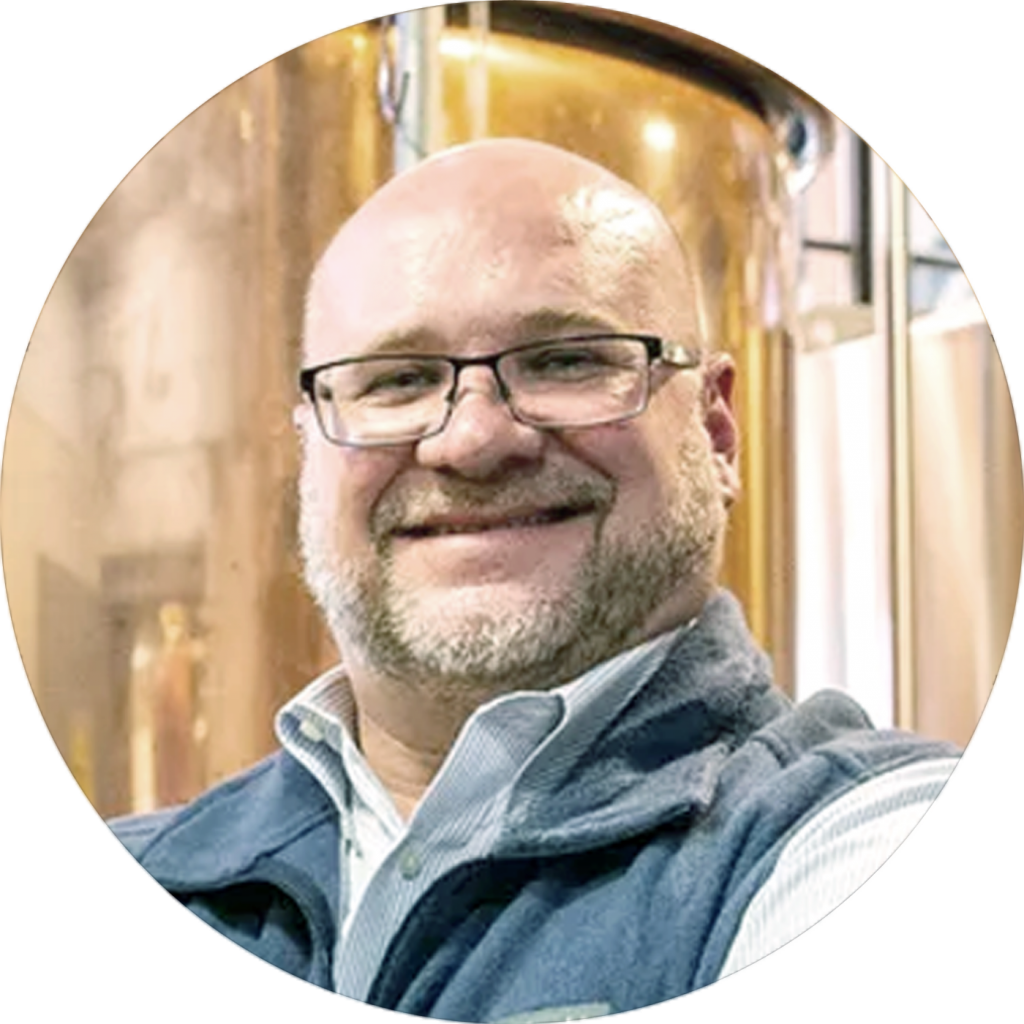
“When Falling Sky Brewing presented itself as a great opportunity for me, I needed the capital. Traditional lenders weren’t going to do it. I took a chance on myself that I could grow my business and my 401(k)… And I thought, ‘You know what? I could do this without overhanging debt.‘”
— Stephen Such, Falling Sky Brewing
Read the stories of REAL small business owners who work with Guidant.


